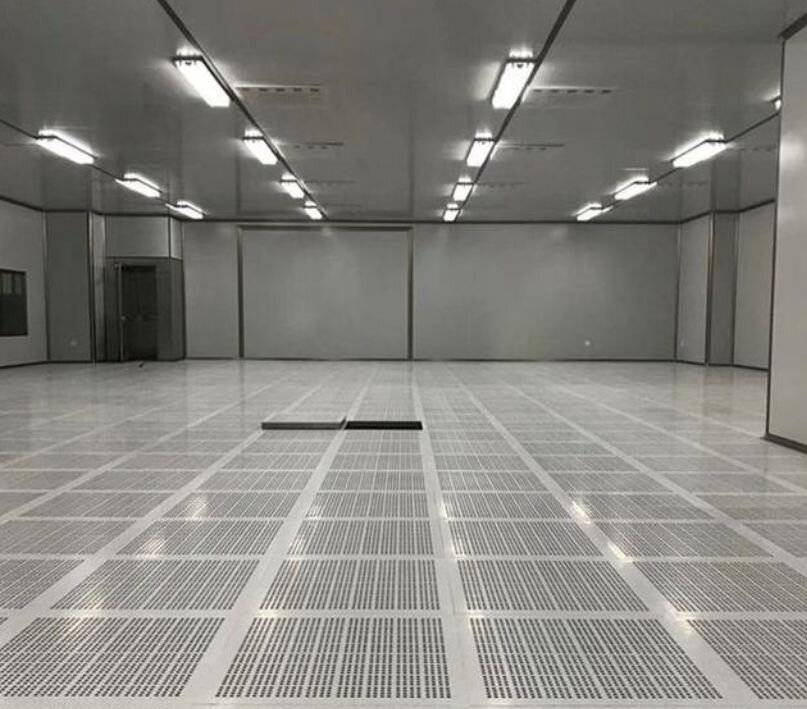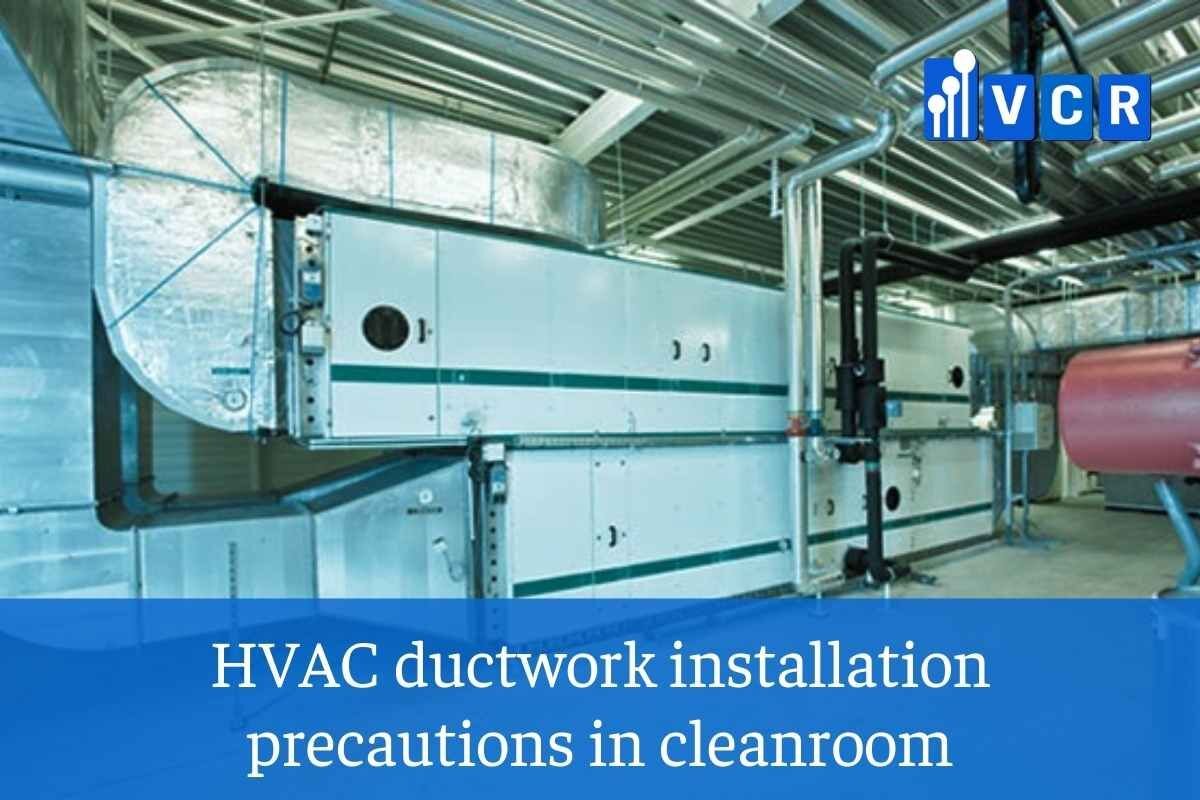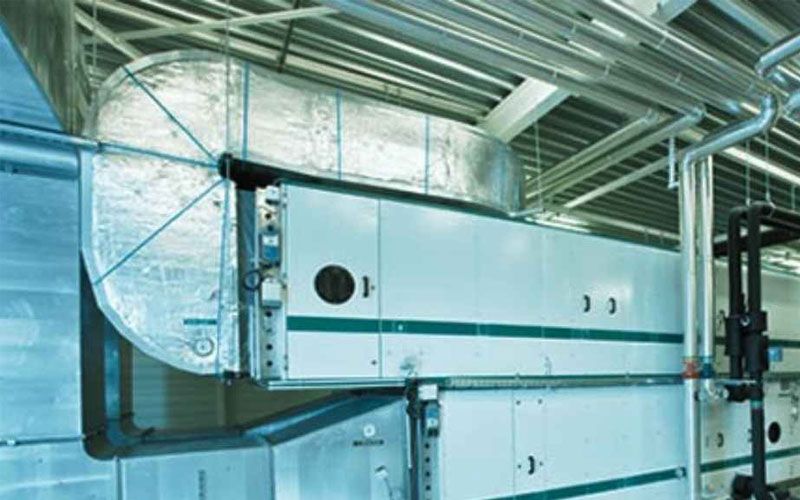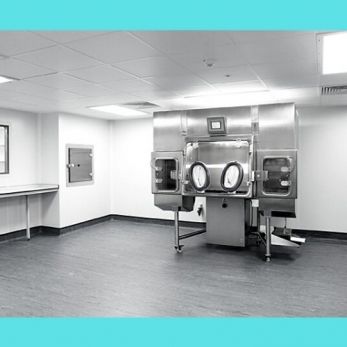HVAC ductwork installation precautions in cleanroom
HVAC ductwork installation is a critical step in cleanroom construction process. This article will list some HVAC ductwork installation precautions in cleanroom, which helps you avoid mistakes during construction. 1. The allowable horizontality error
HVAC ductwork installation is a critical step in cleanroom construction process. This article will list some HVAC ductwork installation precautions in cleanroom, which helps you avoid mistakes during construction.
1. The allowable horizontality error after installation of the horizontal air duct shall not exceed 3mm per meter, and the total error shall not exceed 20mm.
2. The allowable error of the non-perpendicularity after the vertical air duct installation shall not exceed 2mm per meter, and the total error shall not exceed 20mm.
3. When the duct is laid along the cleanroom wall, the distance between the duct and the wall should not be less than 150mm.
4. The air ducts that convey condensed water or moist air must be installed according to the slope specified in the design plan. The bottom end of such air ducts cannot be set with longitudinal seams. If there are seams, they should be sealed.
5. The longitudinal connection of the bottom end of the thin steel air duct can be sealed by soldering, brushing oily putty or polysulfide sealant, and spraying paint several times to avoid the rust and corrosion of the thin steel plate caused by the stored water in the air duct. The same solution can also be taken for the seam at the bottom of the ductwork.
6. The ductwork of the exhaust system should be equipped with a rain cover when it goes out of the building.
When the diameter of the air duct is large or the roof of the building is not very high, it can only be fixed with a support frame with no less than 3 cables.
7. Galvanized bolts and nuts should be used when connecting aluminum plate air duct flanges, and galvanized gaskets should be placed on both sides of the flange to increase the contact surface, so as to prevent the soft aluminum flange from being punctured by the bolts.

8. The ducts should be wiped and cleaned before installation to meet the requirements of no grease and dust in the duct. The duct should be closed at the end of the cleanroom construction to avoid dust intrusion.
9. The stainless steel plate ducts of the air supply and air exhaust systems can be connected without flanges, and the joints must be tight and firm.
10. The aspect ratio of the rectangular ductwork cannot exceed 4, and the maximum cannot exceed 10.
11. The size of the air duct should be made into a gradually expanding or tapering shape, and the angle of expansion or contraction on each side should not exceed 30°.
12. When the direction, size, and branch of the air duct changes, rectangular boxes cannot be used to replace pipe fittings such as elbows and tees.
When using static pressure boxes that distribute airflow, the cross-sectional air velocity cannot exceed 1.5m/s.
13. The distance between pipe fittings such as elbow, tee, regulating valve, and reducing pipe should be maintained at a straight pipe section with a length of 5-10 times the pipe diameter.
14. The vertical installation of the duct should not exceed 4m, and the single straight pipe should have at least two fixed points.
15. The support frame and hanger cannot be set on the tuyere, valve, inspection door, and automatic control equipment, and the distance from the tuyere or nozzle should not be less than 200mm.
16. When the total length of the main air duct of the horizontal suspension exceeds 20m, a fixed point should be set to avoid shaking, and each system cannot be less than one.
17. The test pressure for the airtightness test of air duct processing and installation can be 1500pa for the main pipe, 1000pa for the main pipe (including the branch pipe), and 700pa for the branch pipe; the working pressure can also be used as the test pressure.
18. The air duct cannot have horizontal seams.
When the total width of the bottom of the rectangular air duct is less than or equal to 900mm, the bottom cannot have longitudinal seams.
When it exceeds 900m and is less than or equal to 1800mm, there cannot be more than one longitudinal seam.

Vietnam Cleanroom Equipment (VCR) specializes in providing cleanroom equipment for construction contractors.
We provide high-quality products with competitive prices and large quantities nationwide. The equipment includes:
Differential pressure gauge, FFU Fan Filter Unit, Pass box, Clean room air filter, HEPA box, Clean booth, cleanroom steel door, Isolator cabinet, and other equipment










